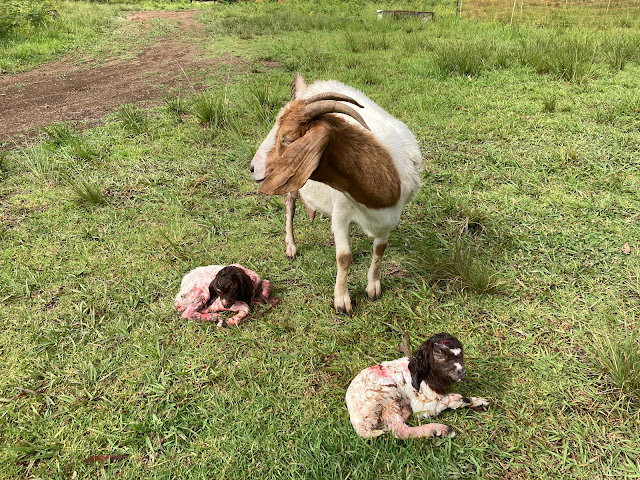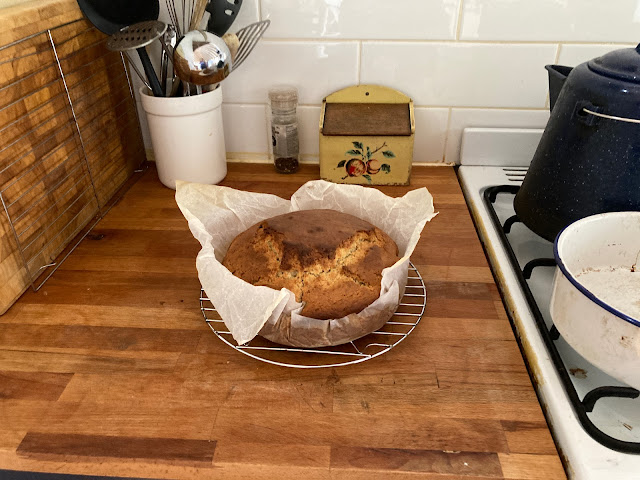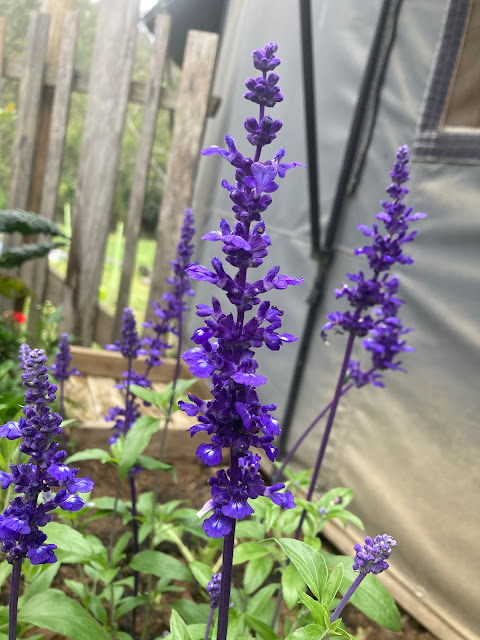Can you believe we are about to enter the month of Christmas?
Christmas this year is going to be tough for a lot of families, and I suspect this season is filling a lot of people with apprehension. Perhaps for financial reasons, relationship tensions or the thought of the mental load and all the expectations there can be to juggle.
But rest assured, there is still time to put in place a peaceful, frugal plan!
My dear Friend Allie summed up some wonderfully helpful strategies to start conversations about change HERE and I thought I would expand on her thoughts a little more.
Food
What makes a meal special for your family?
What makes a meal special for your family?
Do you enjoy cooking on Christmas day or do you find it stressful?
Do you enjoy a hot meal or would you prefer salads and cold meats?
There are a lot of expectations about what people 'should' do for Christmas. For many, Christmas lunch was and is a traditional roast with all the trimmings. But in Australia Christmas is in the middle of summer, and cooking a hot meal in the middle of the day can be an unappealing thought. Just because it is how your parents did it, or your grandparents did it, it doesn't mean you have to continue that tradition. You can start your own family traditions and there is no time like the present.
Over the last couple of years, we have asked our family what makes Christmas lunch special. You know what they love? Fresh prawns, crackers/dip, salami/cold meats, trifle, ice cream and lollies. We love a lovely roast with all the trimmings, but a roast is a common meal here in winter because it's an easy, affordable meal to feed a big family and you can stretch out the leftovers. There is nothing like cooking a roast in a wood oven, something I am certainly not able to do in our hot Australian summers. So we often don't do a roast for Christmas these days.
Buying a few extras in your grocery shop each week in the lead-up to Christmas can help to buffer the overall expense. Look out for specials and remember ham/roasts/seafood etc can all be frozen. Smoked meats often have a long shelf life, as do many kinds of cheese. Chocolate and sweets can all be bought weeks in advance too. By spreading Christmas baking out you can enjoy it over the season rather than putting pressure on yourself to serve all the Christmas foods on Christmas day. I mean how much can your family realistically eat in a day anyway?
Historically the Christmas meal was so special because meals at other times of the year were simple. Meat and veg, a hearty stew, and soup made with basic, seasonal and local ingredients. When we practice self-restraint and simplicity in the lead-up to a celebration or event such as Christmas, we build anticipation. This magnifies the experience and it becomes something to be savoured.
Elsies present which I made from a kit I had stored away for many years and never done. She is fully jointed and is made from mohair and stuffed with wool. Next is a little dog for Henry and a few other small bits.
Presents
It took me a long time to reframe my mind around gifting second-hand items, despite being an avid lover of second-hand shopping. You can get so many things in brand new condition for a fraction of what you would pay for new. Marketplace/Gumtree/op-shops are all worth a look. I find Marketplace seems to suit us best these days as I can find what I want and pick it up without wasting time browsing and often people want to re-coup some money if items are still brand new and unused. Perhaps the clothing was bought for the wrong season, or it didn't fit and can't be returned. Perhaps a child was given multiples of the same thing or the people had a change of plans and they have things surplus to their needs they want to pass along.
If you are buying second-hand, don't be afraid to offer less than the asking price. Be polite and friendly, perhaps explain your budget in a few words. Don't expect to get it for your offering price, they may counterbalance, or they may say no. But also they might be happy to compromise, they might not know what the second-hand value of that item really is and it could have been listed for ages. I often see items that are overpriced on Marketplace. It doesn't matter what someone paid for an item 2 years ago. An item is only as valuable as someone is willing to pay in today's market. But if you are certain you want/need the item, and the price is fair it's best to snap it up before someone else does.
Try to give useful items, or items you know will be used over and over again. Books, sports/swimming equipment, board games, Lego, Duplo and even items for the new school year make excellent presents. (lego and Duplo can easily be bought second hand too. Win-win!) Do your children need a new school bag/lunch box/stationery? These make excellent Christmas presents and teach a child to value the necessities of life. Do they need a sleeping bag for an upcoming school camp? What about a new set of fun sheets? Think ahead of things they will need throughout the year.
When it comes to adults consumable gifts or items of need are a great option. Jams, chocolates, homemade gingerbread, honey biscuits, a beautiful Christmas cake, a plant in a pretty pot, or something handmade which will be loved for many years. If you can think of a gift from the shops that will be loved and appreciated that's great too, for me books fall under this category and can often be quite affordable.
Don't give 'joke/token' presents unless they are actually going to be useful long-term. That funny/cheap 'joke' required the earth's precious resources, fossil fuels, manufacturing, transportation and was probably produced with slave labour. And after everyone has had a laugh, or a kid has played with it for 5 minutes before tossing it aside, it will end up in landfill. That kind of consumerism is selfish, short-sighted and entirely unnecessary.
When it comes to a 'fun' but useful present, I like to give funny socks and jocks in stockings, (making sure they are cotton or cotton rich) they bring laughter and the kids love to wear them. Will even wears his funny socks with shorts and will go through the clear sock basket to find just the right pair. There are plenty of ways to create fun that are not wasteful.
Many of us can't afford to only support small makers or have the time to give only handmade items this Christmas. Though we may be able to afford to buy some things locally and ethically from small makers. The fact is, sometimes big box stores sell what we need in our budget. And that's ok, but it's important to look at quality. If your child wants a plastic doll they can bathe, can you make some cotton clothes for it rather than buying synthetic accessories? Can you buy a doll that is BPA-free?
This year I bought Elsie a wooden wobble board, I was unable to source one second-hand locally as I have been looking for a while. Brand new they are upwards of $110. I can't justify the cost of that so I purchased one from Kmart for $19. The reviews were good and it feels well-made and strong. However, it is not sealed so I will need to seal it before I give it to her. Being wooden, it is at least a natural material. It's not ideal, but sometimes we can only do our best.
I am also making her a natural fibre bear and a little apron. She has a few small gifts coming from family I bought with money they gifted her that are ethically made. I do prefer to buy less and support more ethical/sustainable businesses if at all possible.
The boys will get solar-powered torches, books, some sports gear/goggles, a new school bag each and money. Henry wants me to make him a little soft toy dog and the boys all want handmade little snuggle pouches for the guinea pigs. Family will give them things too, and often tend to give more 'fun/exciting' items.
Traditions
When it comes to what we remember about Christmas, it is likely to be the traditions we keep. Setting up the Christmas tree, piling up in the car and going to see the Christmas lights with snacks and cold drinks, watching daggy Christmas movies with bowls of popcorn, visiting family and friends, or maybe attending church or special carols by candlelight event.
Even if you don't go to church, many churches offer wonderful, professional and free Christmas events like carols by candlelight. Usually, you just bring a picnic rug, snacks, drinks and find a space to enjoy the show. It doesn't matter if you don't normally go to church, they love to welcome visitors and often spend many months planning their advent season to ensure visitors feel welcomed.
If you have kids, Christmas crafts can be fun in the buildup to Christmas. We enjoy making a gingerbread house and gingerbread biscuits every year. In the past, we have also made salt dough decorations, which you can find a link to HERE, and felt decorations. You can make some excellent decorations simply using cardboard, paint and scissors too. If you want to preserve cardboard decorations you can spray them with some varnish.
And finally....
In this day and age, we have become used to having what we want when we want it. Can't afford it? Put it on the credit card. Want a pineapple in winter? Buy imported. Want some new clothes? You can go to any bulk store and buy fast fashion pretty cheaply. I mean it won't last, is probably synthetic and may well have used unethical labour. But basically, we can buy whatever we want whenever we want it. Though there are good things about this. (Really there are) It's this kind of mindset which is a large part of what's sucking the joy out of Christmas for so many. It creates a sense of pressure and empty consumerism where our expectations can never really be met. The solution? Lower them.
But Ma asked if they were sure the stocking were empty. They put their arms down inside them, to make sure. And in the toe of each stocking was a shining bright, new penny! They had never even thought of such a thing as having a whole penny. Think of having a whole penny for your very own. Think of having a cup and a cake and a stick of candy and a penny
Laura Ingalls Wilder
Though our children may not be able to find joy in as little as Laura Ingalls, we can teach them to find joy in experiences over things, but first that has to come from us.
Much love,
Emma
xx






































